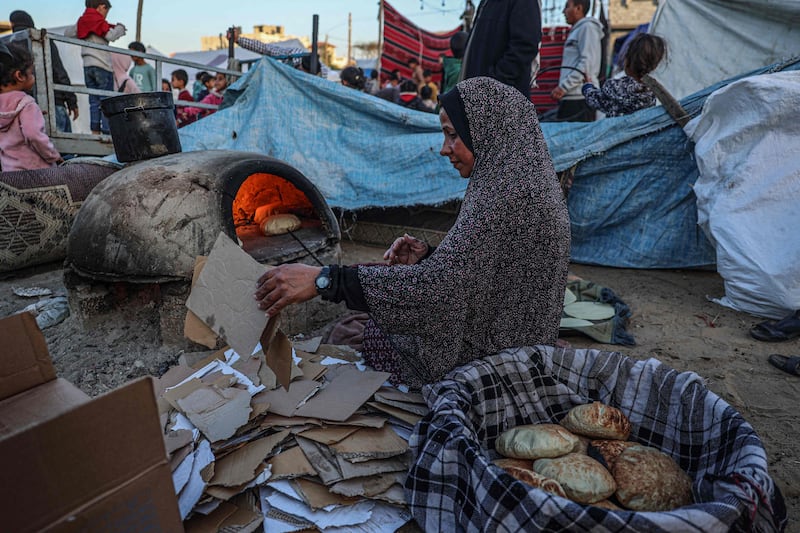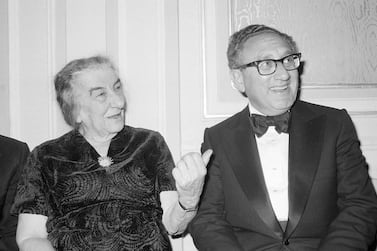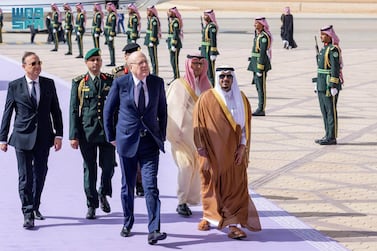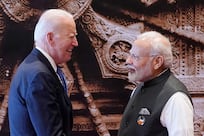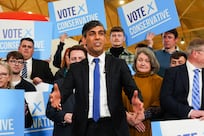The great Prussian military thinker Carl von Clausewitz coined one of the most identifiable concepts on warfare when he wrote that war was a continuation of politics by other means.
When Hamas launched its attacks against Israel on October 7 last year, some people speculated that the move was aimed at strengthening the Palestinians’ hand in any eventual negotiations with Israel – in other words, it fulfilled a national political objective. The only problem with that explanation was that Hamas has not identified any political objectives with regard to Israel since then.
On the contrary, the conditions that Hamas’s leader in Gaza, Yahya Sinwar, reportedly insisted upon in negotiations last week in Cairo were that Israel accept a permanent ceasefire in Gaza, a complete withdrawal of Israeli forces from the territory, and a return of the displaced, without conditions. In other words, Mr Sinwar merely sought a return to the status quo before October 7.
If there were political aims, we can only guess at what they are. To an extent Mr Sinwar perhaps aimed at imposing Hamas as the primary representative of the Palestinians, while marginalising Fatah. But that didn’t justify such a terrible cost in terms of lives and destruction, nor really answer what the Hamas endgame is. Fatah and the Palestinian Authority, in turn, at least do want a settlement with Israel and the creation of a viable Palestinian state in the Occupied Territories.

If Hamas sought to derail the Saudi-Israeli rapprochement, and in that way reaffirm the centrality of the Palestinian cause in the region, then surely it should have better gauged that the Israeli response to its killing of Israelis would be horrific. Indeed, so horrific, and comprehensive, that once Israel finished wreaking vengeance, Hamas’s ability to block any new Saudi-Israeli initiative down the road could be neutralised.
More probably, October 7 was primarily tied to internal calculations within Hamas, specifically a power play by Mr Sinwar to impose himself as the effective leader of the organisation, against the leadership in exile. If so, the attacks did have a political objective, but one that was ruinously parochial, devastated Gaza, and has now created a dilemma for Hamas and its allies, above all Hezbollah.
For the past five months, there has been a genuine war in south Lebanon, with major damage in border towns and a significant loss of life among Lebanese civilians. Hezbollah’s secretary general, Hassan Nasrallah, has described his party’s actions as providing a “support front” for Gaza. But did opening a front on behalf of a Hamas that has no discernible national political objectives merit what has happened to large parts of southern Lebanon, not to mention to numerous party cadres?
Hezbollah did so primarily because it had to keep up the facade of a united front of “axis of resistance” groups that Iran has promoted. As a result, Iran has benefited, but its Arab allies have paid (and continue to pay) a heavy price.
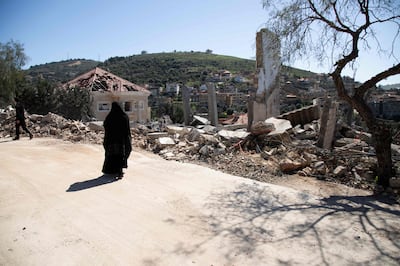
The core concerns of Hamas and Hezbollah have been kicked out of joint because of Iran’s priorities. The “unity of the arenas” strategy formulated last year may have allowed Mr Sinwar to think that he could strengthen his hand within Hamas. Since Gaza was central in the strategy, he, the principal Hamas figure in Gaza, could use this to muscle his way into leading the organisation.
Hezbollah showed more common sense. From the start, Mr Nasrallah was forced to take Lebanese realities into consideration. The party, because of its experience in governing and familiarity with Lebanon’s sectarian makeup, understood the risks of the “unity of the arenas” approach, therefore grasped its limitations.
More profoundly, Hezbollah also probably sensed that a major problem was the absence of an overriding political aim in the “unity of the arenas” strategy, other than to reaffirm that Iran was in control of a wide network of friendly military forces spread across the Middle East, therefore could not be circumvented.
With Hamas and Hezbollah both prisoners of a conflict in which they’ve embarked, their only path out of their dilemma is to return to the situation prevailing before October. There are obvious costs with such an attitude, since it will lead their followers to seriously question whether their sacrifice was necessary.
But both in Gaza and Lebanon, a return to the status quo ante may be difficult. Gaza is certainly not going back to where it was on October 6. Lebanon may be different, but only if Hezbollah makes some concessions, albeit cosmetic ones. However, this might also reopen the door to an uncomfortable debate about the party’s weapons and its right to carry Lebanon into a war on its own.
The war has not been a continuation of national policy by other means in Gaza and Lebanon. Rather, it is mainly a continuation of personal ambition by other means, in Mr Sinwar’s case, and of Iranian interests in Hezbollah’s. Palestinians and Lebanese have suffered from a war fought in their name in which they had no say. Once the conflict ends, Iran and its allies will have to reassess their situation.
